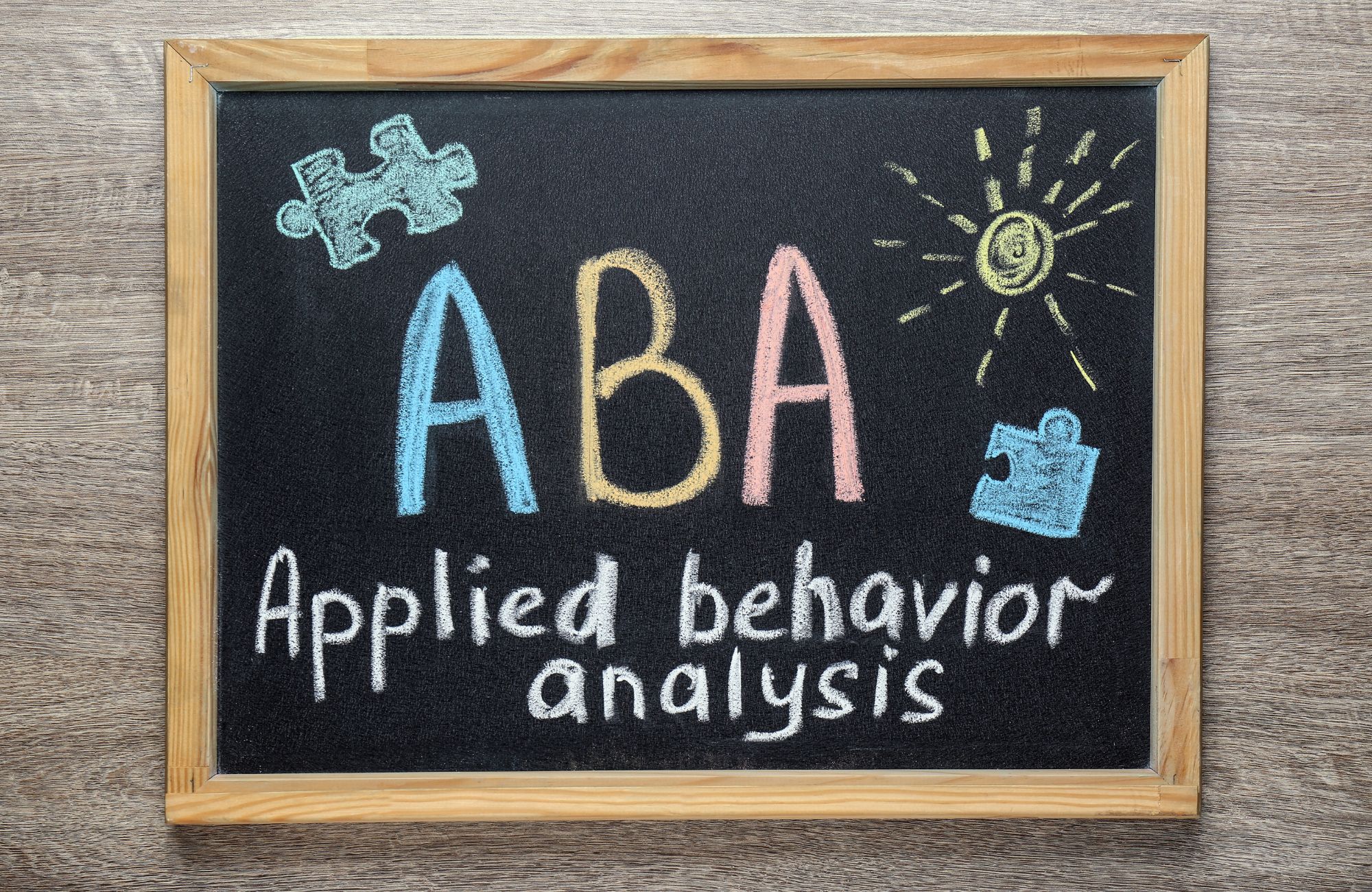Is ABA Therapy Harmful? Exploring the Risks and Benefits
What if the most widely recommended therapy for autism was causing more harm than good? This question keeps many parents awake at night as they navigate the complex world of autism support. With 1 in 36 children now diagnosed with autism spectrum disorder, thousands of families face difficult decisions about treatments, particularly Applied Behavior Analysis (ABA).
The question “Is ABA therapy harmful?” has become increasingly controversial, with passionate advocates on both sides. For decades, ABA has been the gold standard for autism intervention, but a growing chorus of autistic self-advocates has raised serious concerns about its impact on mental health and autistic identity.
This comprehensive guide examines both sides of this critical debate to help you make informed decisions about what’s truly best for your child or loved one with autism.
Understanding ABA Therapy
Applied Behavior Analysis is a therapeutic approach based on the science of learning and behavior. It focuses on understanding how behavior works, how it’s affected by the environment, and how learning takes place.
ABA therapy was pioneered in the 1960s by psychologist Ivar Lovaas at UCLA. His work, particularly through the Young Autism Project, established early intensive behavioral intervention as a primary treatment for autism. While revolutionary for its time, early ABA methods included controversial techniques that would be considered inappropriate by today’s standards.
Modern ABA therapy has evolved significantly and typically includes:
- Positive reinforcement: Rewarding desired behaviors to increase their frequency
- Prompting: Using verbal, physical, or visual cues to guide successful behaviors
- Extinction: Removing reinforcement for inappropriate behaviors
- Natural Environment Training (NET): Teaching skills in real-world contexts
- Discrete Trial Training (DTT): Breaking complex skills into smaller, manageable steps
ABA therapy is typically provided by Board Certified Behavior Analysts (BCBAs) and Registered Behavior Technicians (RBTs) who create individualized treatment plans. Sessions may occur in clinics, homes, or schools, with recommended intensity ranging from 10-40 hours weekly depending on the child’s needs and developmental age.
The Case For ABA Therapy
Many parents, professionals, and organizations strongly advocate for ABA therapy, pointing to extensive research supporting its effectiveness.
Research-Backed Benefits
Numerous studies have demonstrated ABA’s effectiveness in:
- Developing communication skills and language development
- Reducing challenging behaviors, including self-injurious behavior
- Improving social functioning and ability to interact socially
- Building independence in daily living skills
- Enhancing adaptive behavior and cognitive functioning
Modern Approaches
Today’s ABA therapy is guided by the child’s strengths and interests, with ABA therapists focusing on meaningful, functional skills rather than just compliance. It emphasizes positive reinforcement, learning through natural environments, and active family involvement. With individualized goals and ethical practices, modern ABA aims to enhance a child’s quality of life while supporting their autonomy and development.
The Case Against ABA Therapy
Despite widespread professional support, ABA therapy has faced growing criticism, particularly from autistic self-advocates and some mental health professionals.
Autistic Self-Advocate Perspectives
Many autistic adults who experienced ABA as children or who’ve studied its methods express serious concerns:
- Forced conformity: Critics argue that ABA attempts to make autistic children appear neurotypical rather than accepting neurodiversity
- Psychological impact: Some report lasting trauma from being made to suppress natural autistic behaviors
- Masking: Pressure to hide autistic traits can lead to anxiety, depression, and identity issues
- Focus on compliance: Traditional ABA may value obedience over understanding and authentic development
Scientific and Ethical Concerns
Some researchers and ethicists have raised concerns about ABA, including limited long-term studies on its psychological impact, potential conflicts of interest in research, questions around informed consent for young children, the developmental effects of intensive therapy (20–40 hours per week), and the ethics of discouraging harmless behaviors like stimming.
Practical Limitations
Even supporters of ABA recognize its practical challenges, such as the demanding time commitment, high costs despite insurance, varying quality among providers, difficulty in applying learned skills to real-life situations, and a tendency to focus on specific behaviors rather than overall development.
Potential Harms and Mitigating Factors
The debate about potential harm centers on several key areas:
Specific Concerns
- Suppression of stimming: Self-stimulatory behaviors like hand-flapping often serve important regulatory functions. Eliminating these without understanding their purpose can cause distress.
- Forced eye contact: Many autistic people find eye contact physically uncomfortable or overwhelming. Making it mandatory can create anxiety without meaningful benefits.
- Intensive schedules: 40-hour therapy weeks leave little time for play, rest, and natural development, potentially causing burnout.
- Compliance training: Techniques that reward compliance might inadvertently teach children to override their natural boundaries, potentially increasing vulnerability.
Provider Quality Matters
The impact of ABA therapy varies dramatically based on implementation. Warning signs of potentially harmful approaches include:
- Focus on “looking normal” rather than meaningful skills
- Punishment-based methods
- Ignoring distress signals
- Targeting harmless autistic traits
- Rigid adherence to protocols regardless of the child’s state
- Dismissing parental concerns or autistic perspectives
Conversely, respectful, effective ABA typically features:
- Trauma-informed approaches
- Emphasis on communication and meaningful skills
- Respect for the child’s emotional state and boundaries
- Incorporation of child interests and preferences
- Collaboration with other therapies
- Flexibility and individualization
Evolving Approaches and Best Practices
The field of ABA is evolving in response to criticism. Progressive practitioners now incorporate:
- Trauma-informed care: Recognizing and responding to signs of distress
- Neurodiversity-affirming practices: Respecting autistic traits and focusing on quality of life
- Collaborative goal-setting: Including parents, other professionals, and when possible, the child
- Balanced approaches: Combining behavioral techniques with developmental and relationship-based methods
- Dignity and choice: Giving children agency in their therapy
- Environmental modifications: Changing surroundings rather than always changing the child
Many BCBAs now differentiate between “traditional ABA” and more progressive “contemporary ABA,” acknowledging that historical approaches had limitations that newer methods aim to address.
Making Informed Decisions
When evaluating whether ABA is appropriate for your child, consider these guidelines:
Questions to Ask Potential Providers:
- How do you respond when a child shows distress during therapy?
- What role do the child’s interests play in your approach?
- Do you target harmless autistic behaviors like stimming?
- How do you incorporate autistic perspectives into your practice?
- What is your approach to building intrinsic motivation rather than compliance?
- How do you collaborate with other therapies and approaches?
- What training have you had in trauma-informed care?
Red Flags in ABA Implementation:
- Promises of “recovery” or making a child “indistinguishable from peers”
- Dismissal of autistic perspectives
- Punishment-based approaches
- Inflexible adherence to hours or protocols
- Secretive practices that parents cannot observe
- Focus on appearance rather than meaningful skills
Monitoring Your Child’s Response
Whatever therapy you choose, regularly assess whether your child seems happy, is making meaningful progress, appears more regulated, is forming genuine social connections, and retains their unique personality. If you notice rising anxiety, withdrawal, or a loss of joy, it may be time to reconsider the approach.
Conclusion
The question of whether ABA therapy is harmful does not have a simple answer. It depends on how the therapy is delivered, the provider’s approach, and how well it fits the child’s individual needs. Effective autism support should respect neurodiversity, focus on meaningful life skills, include autistic perspectives, and be flexible enough to adapt to the child rather than forcing conformity. The most successful interventions prioritize both progress and the child’s overall well-being.
At Affinity ABC, we understand the ongoing debate around ABA therapy and take those concerns seriously. That is why we prioritize compassionate, respectful, and child-centered care in every service we provide. Our team in New Mexico is committed to ethical and evidence-based approaches that honor your child’s individuality, support their strengths, and respect your family’s values. We do not believe in one-size-fits-all solutions, only thoughtful and intentional support that helps your child thrive. Contact us today to learn how we can walk alongside your family with care, integrity, and expertise.
FAQs
Can autism be treated without therapy?
Autism isn’t a condition that needs “treating,” but many families successfully support their autistic kids through accommodations, understanding sensory needs, and learning communication strategies without formal therapy sessions.
What is the controversy with ABA therapy?
The controversy centers on differing perspectives between professionals who cite research showing its effectiveness versus autistic self-advocates who report psychological harm from autism therapy experiences, particularly regarding whether it respects or attempts to eliminate natural autistic traits.
Should I put my child in ABA therapy?
This personal decision depends on your child’s specific needs, provider quality, and family values. Research both viewpoints, observe how positive behavior interventions are implemented, and consider whether targeted skills would meaningfully improve quality of life rather than just appearance.
When is ABA not appropriate?
ABA may be inappropriate when focusing on eliminating harmless autistic traits, when the child shows distress during therapy, when compliance is emphasized over understanding, or when goals center on appearing “normal” rather than improving actual well-being.









